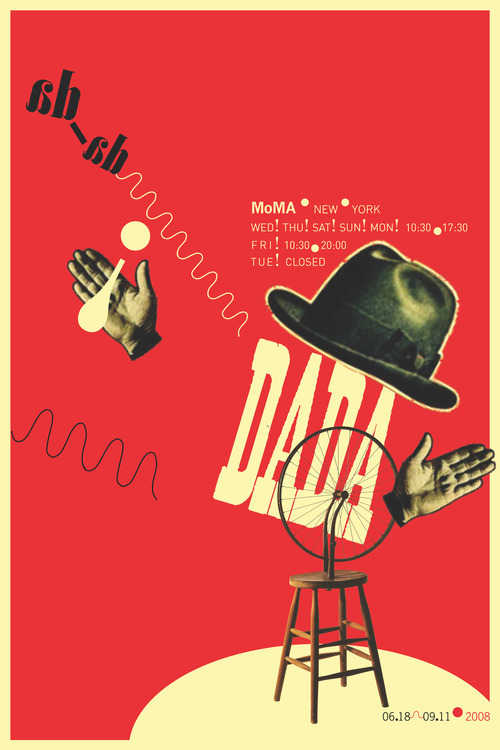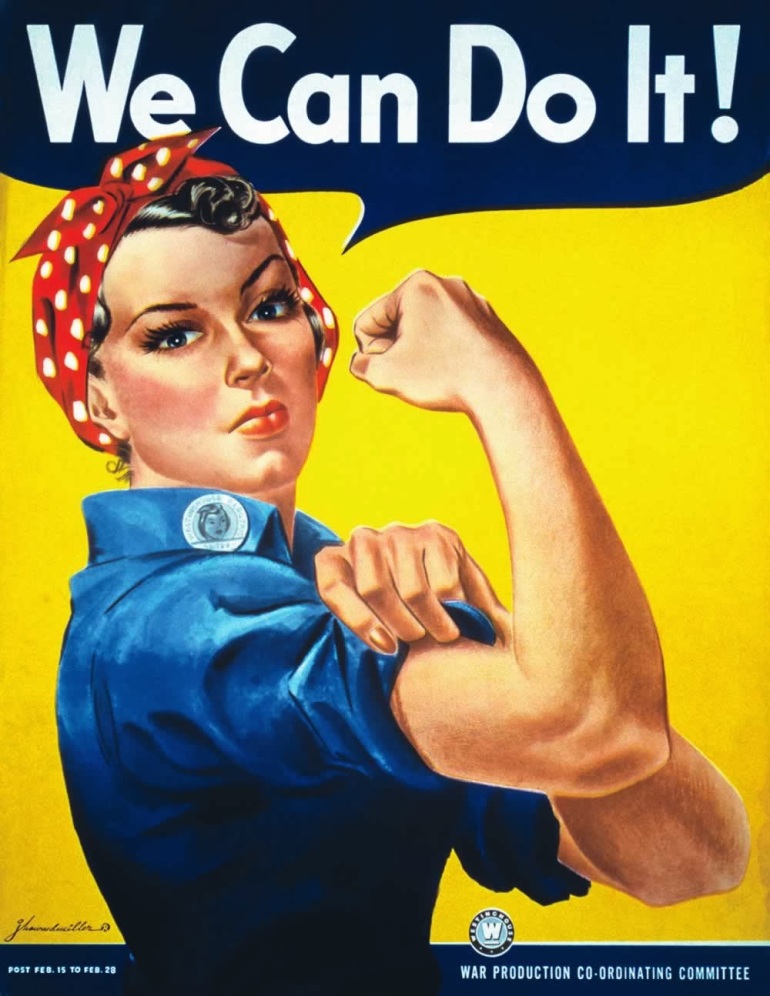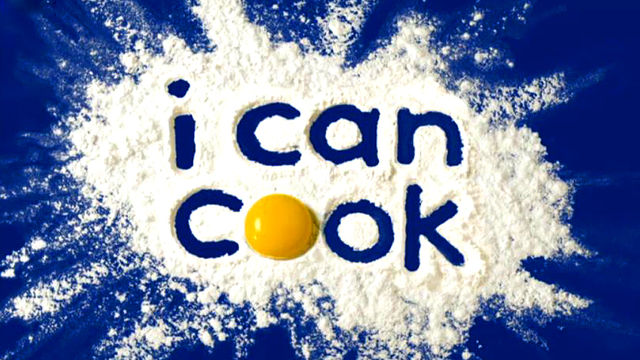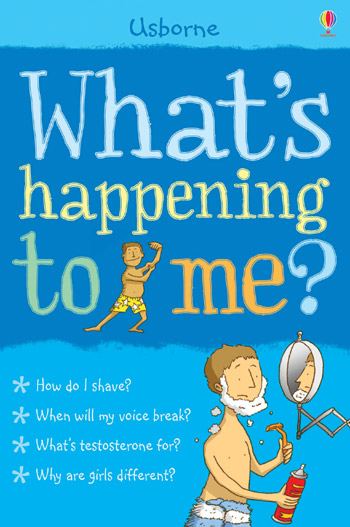GDE2014 – Childrens Book Design
WW1 recipe book brief – Further research
20th Century Design Movements – Timeline
1850-1914: Arts & Crafts Movement
1880-1910: Art Nouveau
1897-1905: Vienna Secession
Modernism
1907-1935: Deutscher Werkbund
1909-1930: Futurism
1916-1923: Dada
1917-1935: Constructivism
1917-1931: De Stijl
1919-1933: Bauhaus
Economic and Political Influences
The beginning of the twentieth century was fraught with radical political, social, cultural and economic changes. It was a revolutionary time. It was a time of major scientific and technological advances. Life was being forever changed by the invention of the automobile, aeroplane, motion pictures, radio and weapons (tanks, machine guns, chemical and biological warfare). Art Deco was a reaction to the rigours of World War I and was an attempt to develop a more positive and contemporary society.
Indeed the subject matter of a lot of Art Deco posters were designed to celebrate society’s progress in technology. The world wars had a significant impact on graphic design. Poster design during
World War 1 was highly influenced by political views and national pride. Propaganda was used to spread a message to the audience, as the war was the main focus of society.

The poster design sample in Figure 3.29 demonstrates the designer’s attempt to influence the audience by draping a woman in a flag and using provocative language to send a message to the viewers. The period between the world wars saw a society in disarray and economies in ruin.
Source – https://visscom.wordpress.com/2013/04/07/20th-century-design-movements/
I then further researched each of these movements individually to see if I could incorporate the design style into my design. The movements that are of most interest to me from an aesthetic viewpoint are Modernism in general, Dada and Constructivism. Constructivism lends itself particularly well to the time period as it featured heavily in propaganda of the time, most notable Russian.
Modernism
With the advances of technology Modernism began to break through at the end of the 19th century into the beginning to the 20th century. Western society began to develop new ways to shape human culture and improve the constructed environment.
Modernism covered many creative disciplines from design and art to influencing architecture, music and literature. The power of machines forced artists to strategically re-think their practice, the results were revolutionary and still influences designers to this very day. This new technology provided the opportunity for mass production, and the machine itself became a theme in modernism.
Influential designers of this period range from Walter Gropius from the Bauhaus to the modern architect Le Corbusier, both men were fascinated with all disciplines of design and it reflected greatly in their work.
Modernism is arguably being the most influential movement of the 20th century.

A beautiful poster celebrating the use of sans-serif typography and white space
Graphic Design and Typefaces
Modernism especially changed the thinking process for communications, graphic design and typography, the style of design shifted drastically from the prior 19th century approach. Before the concept of Modernism, graphic design and typography was ‘overly decorated’ and elaborate, every possible inch of a typical poster would be filled with imagery and type.
Designers of the era of Modernism abided to strict, structured grid system with emphasis on negative space, just as important was the use of clean sans-serif type. The idea was to create strong graphics that were against commercialism, greed and cheapness.
Typical typefaces used in the Modernism era include:
Franklin Gothic,
Monotype Grotesque, (cannot find free version)
Futura,
Helvetica Neue.
Dutch artist Theo van Doesburg practiced painting, architecture and poetry – he also influenced graphic design and is considered the ‘ambassador’ of the movement De Stijl. He described Modernism times as: “Art should not deal with the ‘useful’ or the ‘nice’, but with the ‘spiritual’ and the ‘sublime’. The purest art forms do not cause the decorative change of some detail from life, but the inner metamorphosis of life, the revaluation of all values.”
Source – http://www.creativebloq.com/graphic-design/easy-guide-design-movements-modernism-10134971

Jan Tschichold (1902 – 1974 ) was born in Leipzig, Germany. Tschichold moved to the center stage of graphic design as a major champion of the modern typographic style during its infancy. But it is his later work—which had moved on from the exclusive use of asymmetrical design and sans serif typefaces, to a classical approach—that caught the eye of Penguin founder Allen Lane during the late 1940s, leading to three years of Tschichold holding the creative reins of the infamous publishing house.
When Jan Tschichold designed his posters he widely expresses the avant-garde ideas of the or New Typography, which were strongly influenced by the Bauhaus.
Source – http://guity-novin.blogspot.co.uk/2012/03/history-of-type-face.html#Eleven
Dada

The collage artists, Max Ernst, Man Ray and others taking the clue from Cubism were instrumental to the development of the movement called Dada. Dada was an early 20th-century international movement in art, literature, music, and film, repudiating and mocking artistic and social conventions and emphasizing the illogical and absurd. Dada was launched in Zurich in 1916 by Tristan Tzara and others, soon merging with a similar group in New York. It favored montage, collage, and the ready-made. Leading figures: Jean Arp, André Breton, Max Ernst, Man Ray, and Marcel Duchamp.
Constructivism

A movement with origins in Russia, Constructivism was primarily an art and architectural movement. It rejected the idea of art for arts’ sake and the traditional bourgeois class of society to which previous art had been catered. Instead it favored art as a practise directed towards social change or that would serve a social purpose. Developing after World War I, the movement sought to push people to rebuild society in a Utopian model rather than the one that had led to the war.
The term construction art was first coined by Kasmir Malevich in reference to the work of Aleksander Rodchenko. Graphic Design in the constructivism movement ranged from the production of product packaging to logos, posters, book covers and advertisements. Rodchenko’s graphic design works became an inspiration to many people in the western world including Jan Tschichold and the design motif of the constructivists is still borrowed, and stolen, from in much of graphic design today.
Source – http://www.designishistory.com/1920/constructivism/
De Stijl

039/ML
Dutch for The Style, Die Stijl was founded in 1917. The artists most recognized with the movement were the painters Theo van Doesburg, who was also a writer and a critic, and Piet Mondrian, along with the architect Gerrit Reitveld. The movement proposed ultimate simplicity and abstraction through which they could express a Utopian idea of harmony and order.
The harmony and order was established through a reduction of elements to pure geometric forms and primary colors. Die Stijl was also the name of a publication discussing the groups theories which was published by van Doesburg. The publication Die Stijl represents the most significant work of graphic design from the movement, but the ideas of reduction of form and color are major influences on the development of graphic design as well.
Source – http://www.designishistory.com/1920/de-stijl/
Futurism

Futurism was not only an art movement but also a social movement that developed in Italy in the early 20th century. Futurists were well versed and practiced in nearly every field of art including painting, ceramics, sculpture, graphic design, interior design, theater, film, literature, music and architecture. It was a movement that particularly despised not just certain aspects of classical antiquity, but everything that was not totally new.
The painters of Futurism were particularly successful but much of the ideas of the movement were generated through writing and several manifestos of futurism were published. They often broke light and color down into a series of dots or geometric forms through a process called divisionism. Futurism influenced many modern art movements of the 20th century which in turn influenced the development of graphic design. The writings, philosophies and aesthetic characteristics of futurism have been particularly influential to designers.
Source – http://www.designishistory.com/1850/futurism/









































































































